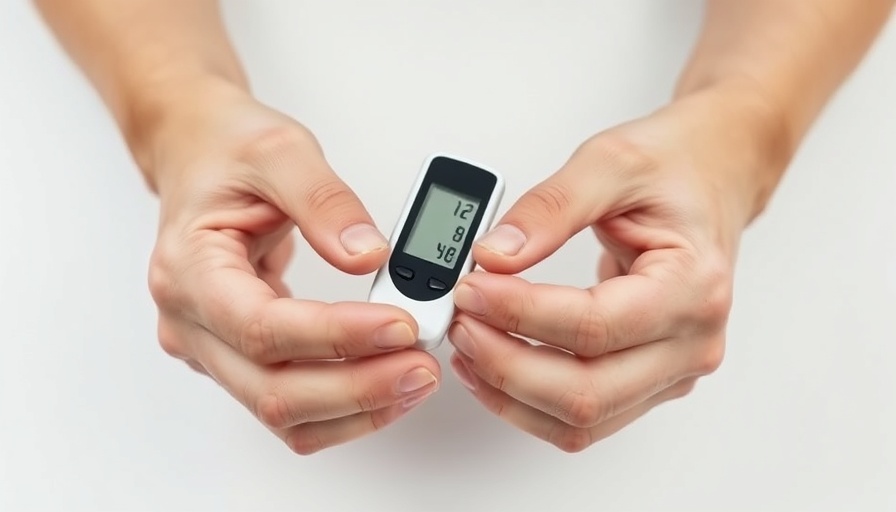
Understanding the Risks of Adult-Onset Type 1 Diabetes
For adults diagnosed with type 1 diabetes, the statistics can be alarming. A recent study published in the European Heart Journal found that these individuals face a significantly higher risk of heart disease and early death. Specifically, those diagnosed in adulthood experience a 30% increased risk of heart attack, stroke, or other critical cardiovascular issues, alongside a staggering 71% heightened risk of premature death from various causes.
Contributing Factors to Health Complications
The study, which followed nearly 10,200 adults diagnosed between 2001 and 2020, highlighted key factors that contribute to these poor health outcomes. Smoking, obesity, and poor glucose control emerged as primary culprits. Dr. Yuxia Wei from the Karolinska Institute pointed out that many adults with type 1 diabetes are less likely to utilize assistive devices like insulin pumps, which could improve their disease management.
Empowering Patients Through Lifestyle Changes
Despite these challenges, there is hope. Researchers found that healthy lifestyle choices can significantly improve these patients' prognoses. By addressing smoking habits, managing weight, and enhancing glucose control, individuals may reduce their risk of heart disease and improve their overall life expectancy. Sofia Carlsson, the study's senior author, emphasizes the importance of preventive health strategies, especially for those diagnosed later in life.
The Importance of Ongoing Research
The findings from this study signal a crucial need for further investigation into adult-onset type 1 diabetes. Understanding the disease's nuances—including why adults are diagnosed and how it impacts their overall health—will be vital in developing targeted treatment strategies.
A Call to Action
The outcome of this research highlights the importance of managing type 1 diabetes effectively from the day of diagnosis. For health professionals and patients alike, prioritizing lifestyle changes can lead to significant health improvements. Knowledge and proactive measures are key to navigating life with type 1 diabetes. For more personalized insights and details about managing diabetes, contact us for more details.
 Add Row
Add Row  Add
Add 




Write A Comment